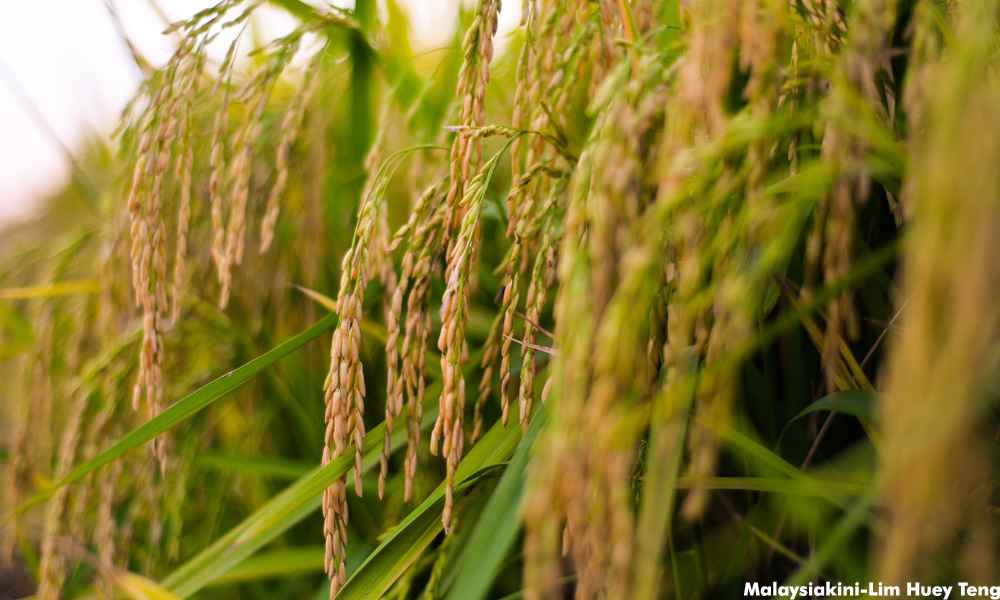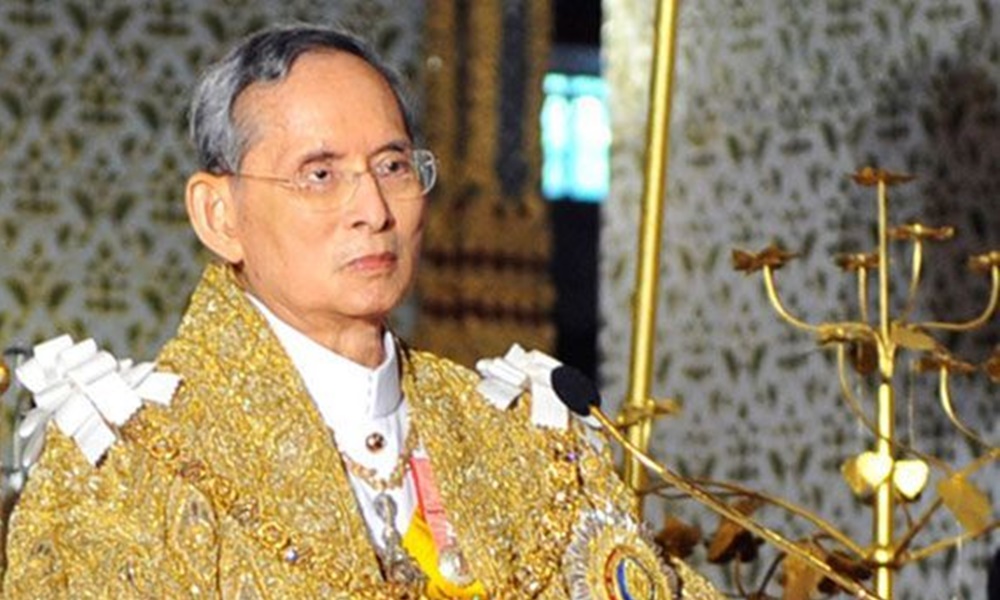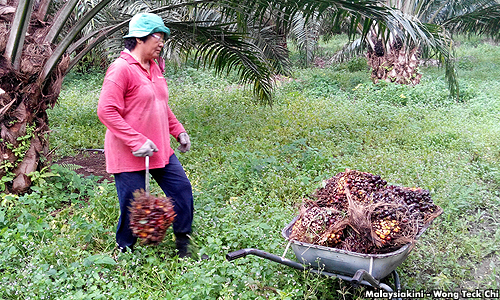
Five of the world's top arable countries are, respectively, Bangladesh, Ukraine, Denmark, Moldava and India.
Research from the World Bank from 1961 to 2015 has shown that Bangladesh's arable land was at a superb 66.1 percent in 1961 before tapering off a little bit to reach 59.6 per cent in 2015.
Ukraine, meanwhile, has 56.2 percent; while Denmark stands at a healthy 56 percent; while Moldova has 55.5 percent; and finally, India at 52.6 percent. All figures were accurate as at 2015.
In fact, despite the industrial and service revolution that the European Union has undergone - which comprises 27 member states until Britain fully goes through Brexit by 2019 - the area of its arable land stood at 25.3 percent just three years ago; this from a high of 31.8 percent in 1961 - almost 44 years earlier.
In the more developed European area, measured by World Bank and the Food and Agricultural Organisation (FAO), the 1961 benchmark for arable land was 30.5 percent before it dropped a bit to 24.2 percent in 2015.
What about East Asia? The arable land in China and Japan is 12.5 percent and 15 percent respectively. The average arable land in East Asia, excluding the Pacific islands, is between 10 percent and 12 percent.
The above figures in East Asia put it within the range of the richest member states in the Organisation of Economic Cooperation and Development (OECD), which was 12.2 percent in 1961 and 11.2 percent in 2015.

In Thailand, the arable land has reached 34 percent in 2015. Perhaps driven and encouraged by the late King Bhumipol (photo) to achieve a self-sustaining economy, the country’s amazing achievements in agriculture and fisheries cannot be overlooked.
However, if one compares all these figures above with Malaysia, we see a deadly serious contrast. In 1961, four years after Merdeka, where the rallying call was independence from colonisation - thus freedom from a syndrome of dependency, consequently our own food security or food sovereignty, our arable land was barely 2.5 percent in 1961.
In Malaysia it's a paltry 2.9 percent
Fast forward to 2015, the arable land in Malaysia is now a paltry 2.9 percent, a mere improvement of 0.4 percent. When one notes that Malaya had expanded to Malaysia by 1963, even granted the separation of Singapore in 1965, which does not have a lot of agricultural land anyway, where 97 percent of its food was and is still imported from the rest of the world, the improvement of 0.4 percent of arable land is a serious deficit.
By the definition of FAO, arable land is one where the land is tilled and ready for the planting of any form of seasonal crops, be they once or twice a year; ideally twice, preferably thrice.
And the land can be used in a sustainable manner without too much use of chemical ingredients to ruin the acidity and alkalinity of the soil by skewing the arable land to one extreme or the other in the generations to come.
At 2.9 percent, Malaysia is seriously under performing via-a-vis Thailand, where the general conditions are almost similar to Malaysia. Malaysia is also well behind Japan and China in terms of mechanisation and use of technology.
Not surprisingly, agricultural produce only contributes 8.5 percent to Malaysia's Gross Domestic Product in 2017, as noted by the newly minted Minister of Agriculture Salahuddin Ayub.

Of this 8.5 percent, nearly 45 percent is dominated by a single produce, which is palm oil, followed by rubber which is another 12 percent.
If one looks at all the numbers, Malaysia either has the prospect to be a major agricultural power or we don't. As a predominantly Muslim country, albeit with a smaller population base of 32 million people, of which 63 percent are Muslims, Malaysia can up its agricultural game by becoming a major halal hub beyond the pilgrimage season.
Yet the number one halal hub in the world appears to be Thailand, a Buddhist country; even though our halal certification is highly sought after in the world.
In fact, the average percentage of arable land in the Arab world is 4.4 percent by 2015, and 4.7 percent if one includes Middle East and North Africa.
In the years to come, due to climate change, the Arab world and the Middle East will be heavily impacted by desertification and heat wave, not to mention increased salinity in the primary and secondary layers of their soils.
Malaysia can be a major and top producer to the Arab world and Muslim countries at large, and work in tandem with Thailand and Indonesia to supply the necessary food to be a part of their supply chain.
There is no shame to be an agricultural power. Denmark is a member of OECD, yet half of its land is arable. The Netherlands, in turn, specialises in growing and exporting flowers by the tens of thousands each year. Japan produces some of the finest rice in the world. Taiwan, Korea, Japan and China are often at the forefront of generic food science, as is the United States.
Malaysia has to have a blueprint to lift itself from the bootstrap, and to become a major agro-industry power, both in staple food and fruits that can grow easily in and across various altitudes in Malaysia.
The first step in that direction is to increase the size of our arable land. We have the land, we have the labour, we have the capital and we have the agro-preneurs! Now we need the political will to recalibrate the right strategy towards food safety, food security and food sovereignty.
RAIS HUSSIN is a supreme council member of Bersatu and the head of its policy and strategy bureau. -Mkini


No comments:
Post a Comment
Note: Only a member of this blog may post a comment.